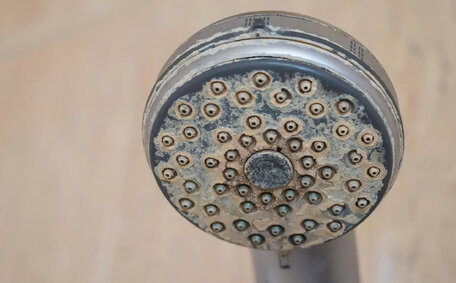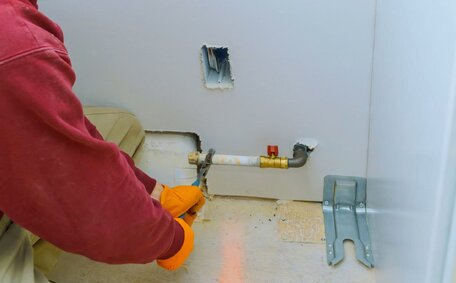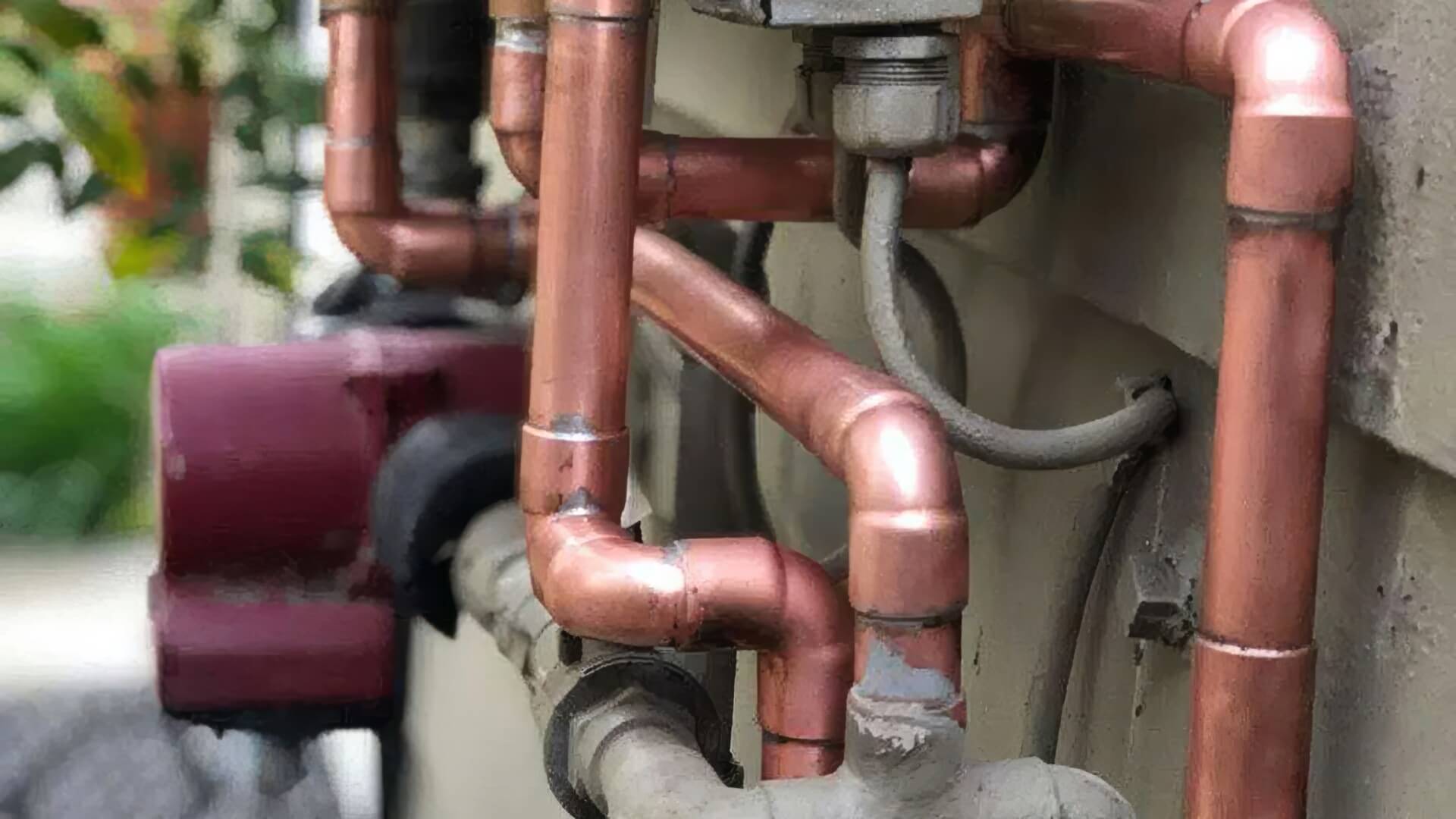Recognizing the Signs of a Clogged Drain
Common signs that suggest it’s time to unblock your drain include water draining slowly or not draining at all.
Clear signs of a blocked drain, like water backing up in sinks or bathtubs, indicate the need for unblocking.
Other indicators of drain issues include multiple fixtures struggling to drain, frequent blockages, sinks and tubs not draining at the same time, and damp areas under sink cabinets from leaking backups.
Promptly using techniques like pouring solutions down the sink can significantly mitigate damage and reduce nuisance, effectively demonstrating how to unblock a drain. To address sluggish water flow, immediately pour a mixture of baking soda and vinegar down the drain to help maintain clean pipes. For regular drain cleaning, use half a cup of baking soda and hot water to maintain clear pipes.
Contact a professional plumber to explore cost-effective options like pipe relining to resolve drain issues and prevent further disruptions.
What Typically Causes Drain Clogs
Identifying common causes of blocked drains reveals the usual suspects and prominent causes in the Drummoyne area:
- Hair - Strands catch on pipes, making you wonder 'what do I do?' to contribute to unblocking drains from tangled snarls in your
- Food particles - fats, oils, and starchy edibles can make for stubborn residue stubbornly clinging onto your pipe walls
- Soap scum - Buildup from bathing/showering products
- Tree roots - These insidious growers get stuck in and can be used as a remedy for drain blockage in outdoor piping
- Foreign objects - Items like toys or cotton buds shoved down indoor drains
Over time, as debris accumulates, it narrows pipe openings until water struggles to pass. Smaller bathroom fixture drains tend to clog more as less water flows through them regularly to wash the build up away.
Prevent blockages by using drain screens to catch hair, fats, and solids, alongside regular flushes with water, much like using a pressure hose for tougher clogs. Though challenging to prevent, regular drainage maintenance with power flushing helps mitigate the risk of tree root invasion in your outside drains. Ultimately, avoiding clogs often involves careful product use around sinks and tubs.
Trying a Plunger
You can use a basic sink or bathtub plunger, as it can be highly effective for dislodging simple clogs. When trying a plunger:
- First, remove the drain cover and insert a moistened fabric to seal the overflow aperture before attempting to clear the blockage.
- Make sure there is complete submersion of the plunger’s cup into the water down drain, forming a tight seal and safeguarding your plumbing system.
- Wearing rubber gloves for hygiene, push the plunger up and down around 10-15 times, allowing the water’s force to dislodge any clogs.
- Check if water starts draining; repeat the process a few times if flow seems improved but water still pools.
- Avoid using excessive force that may damage the pipes. If you’re eager to avert potential damage your plumbing might sustain, and efforts prove futile after successive attempts, contemplate varying de-clogging methods.
For sink drains, placing rags around the rim can help achieve a better seal for the plunger. Alternatively, use a smaller plunger designed to fix blockages in tighter spaces.
Using Boiling Water
Pouring hot water from your kettle or pot into your drain is an effective way to clear blockages. The hot water can cause a breakup of blocked drain residues, helping to melt and dissolve light grease or soap buildup. It’s also useful for flushing away smaller loose debris.
Remember that hot water systems can only tolerate brief exposure to boiling water for drain flushing. You can exercise caution when using plastic pipes and certain sealants may be prone to warping or damage from excess continuous heat exposure. Exercise caution to avoid spills or splashes as you carry and pour boiling water down from any boiling containers, preventing scalds.
To use this method safely:
- Boil one cup or a full kettle of water first.
- Carefully pour boiling water down the drain to begin dissolving blockages effectively.
- After pouring the boiling water, let it work for a few minutes before flushing the drain with cold water to complete the process.
- Repeat 2-3 times if the drain remains sluggish.
For severe drain blockages, boiling water can offer temporary relief and serve as an initial step to fix the problem. But it’s a simple, chemical-free option to ponder before you decide to call a plumber.
Manual Removal with a Wire Hanger
If standard techniques fail, fashion a wire coat hanger into a DIY tool for removing clogs. Straighten the hanger and form a small hook at one end to extract debris from the pipe. Carefully insert it into the drain opening and twist gently, ploughing slowly deeper once reaching initial blockage spots.
For kitchen sinks, use an in-and-out motion to extract hair, objects, and excessive toilet paper.
Dip the hanger in some hot water between attempts to help loosen things up.
DIY drain snakes can remove various clogs, from hairballs and grease to accidentally flushed small items.
But if there’s a risk of scratching pipes or if clogs persist, undoubtedly it’s time to opt for a specialised drain cleaner.
When to Call a Professional Plumber
Homeowners should leverage their practical knowledge, including tips from the hardware store, to determine when a drain issue requires professional help. If solutions like plunging, boiling water, using drain cleaners, and even caustic soda have not resolved the issue, especially with your outside drain, beware of potential complications coming your way and understand it’s time to consider professional intervention.
For blocked drain issues, Drummoyne Plumbing customers can call us at 1300 349 338 or email jobs@drummoyneplumbingservices.com.au for assistance:
- Total blockage - Water fully ceasing to drain, indicating a pressing need to unblock drains.
- Persistent clogs - A chronically troublesome drain that seems to back up repeatedly.
- Sewer line issues - Backflows bringing waste up from the main sewer lines.
- Unblock outside drains issues - Cases involving underground pipes and exterior system connections.
- Overflowing fixtures - Water pooling around your sink shower, or tub fixtures from clogged outlets.
- Unusual odours - Foul stenches coming from drainage vents.
- Pipe damage - Visible cracks or leaks signalling line deterioration.
- Multi-fixture clogs - Whole sections/levels of household plumbing blocked.
- Tree root invasion - Inspections identifying persistent root growth causing blockage.
Although many drain problems can be managed with DIY solutions, some pose health risks or can cause damage to the plumbing system, requiring professional intervention.
Contact us with confidence; our licensed Drummoyne plumbing service team is ready to assist with any sophisticated drain issues. We have the equipment, such as a drain camera, and expertise to efficiently resolve severe residential and commercial drainage system clogs.






